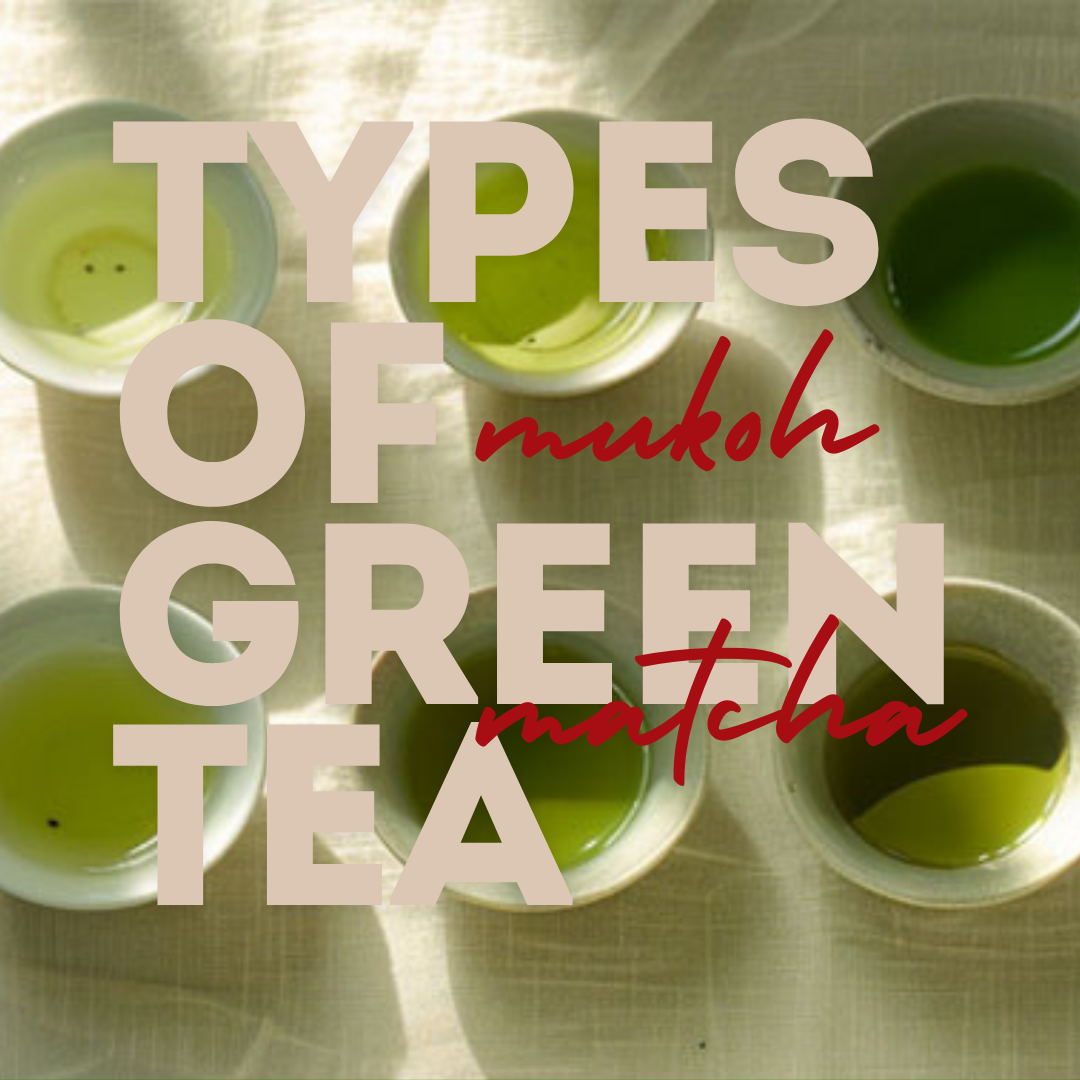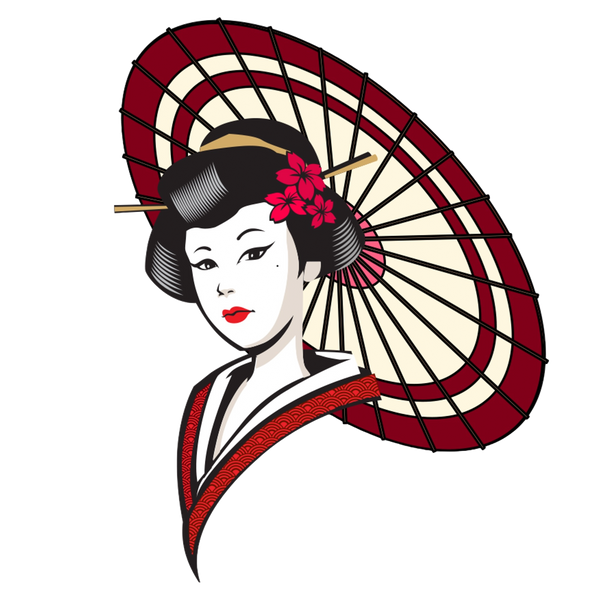
Discovering the Depths of Green Tea: From Fukamushicha to Kukicha
分享
Green tea is a treasure trove of flavors and experiences, each type crafted with unique methods to bring out distinctive tastes and aromas. At Mukoh Matcha, we are passionate about sharing the diversity of green tea. Join us as we explore more fascinating varieties of green tea.
Fukamushicha
- Production: Fukamushicha is steamed for a longer duration than typical Sencha, resulting in finely fragmented leaves.
- Characteristics: This tea produces a deep green brew with a full-bodied, rich flavor and a mellow taste, with reduced bitterness. It’s a favorite for those who enjoy a robust cup of green tea.
Shiraore (Kukicha)
- Production: Also known as Karigane, Shiraore is made from the stems, stalks, and twigs left over after processing Gyokuro or high-grade Sencha.
- Characteristics: This tea offers a clean, mild flavor with a delightful sweetness and a unique aroma. It’s known for its lower caffeine content and is perfect for daily consumption.
Sencha
- Production: Sencha is the most common green tea in Japan, produced by steaming the freshly harvested leaves, then rolling and drying them.
- Characteristics: It has a fresh, grassy aroma and a well-balanced, refreshing flavor. Sencha is a staple in Japanese households, enjoyed for its versatile and accessible taste.
Gyokuro
- Production: About three weeks before harvest, Gyokuro plants are shaded from direct sunlight, which increases their theanine content and reduces bitterness.
- Characteristics: This results in a rich, sweet, and umami-packed tea with a smooth texture, making Gyokuro a luxurious and sought-after green tea.
Matcha
- Production: Similar to Gyokuro, the tea leaves for Matcha are shaded before harvest. They are then steamed, dried, and ground into a fine powder.
- Characteristics: Matcha is renowned for its vibrant green color and concentrated flavor. It is a central element in traditional tea ceremonies and a versatile ingredient in culinary creations.
Bancha
- Production: Bancha is made from leaves and stems picked after the first flush. It is typically steamed or roasted.
- Characteristics: With its mild flavor and low caffeine content, Bancha is an ideal everyday tea.
Genmaicha
- Production: A blend of green tea leaves (often Bancha or Sencha) with roasted brown rice.
- Characteristics: The roasted rice imparts a toasty, nutty flavor, creating a unique and comforting tea experience.
Hojicha
- Production: Made by roasting green tea leaves, often Sencha or Bancha.
- Characteristics: Hojicha has a warm, toasty flavor with caramel-like undertones. Its low caffeine content makes it perfect for evening relaxation.
Tencha
- Production: Tencha leaves are used to make Matcha. They are steamed, dried, and destemmed without being rolled.
- Characteristics: Tencha offers a unique flavor profile and is crucial for producing high-quality Matcha.
Tamaryokucha
- Production: This tea can be made using either steaming or pan-frying methods, resulting in leaves that are rolled into a distinctive curled shape.
- Characteristics: Tamaryokucha made through pan-frying has a pleasant roasted aroma and a fresh, invigorating taste.
At Mukoh Matcha, we are committed to providing you with the finest Yame tea, including our premium Gyokuro and organic Matcha. Experience the refined taste and the rich tradition of authentic Yame tea with Mukoh Matcha.
Explore our products and learn more at Mukoh Matcha.
